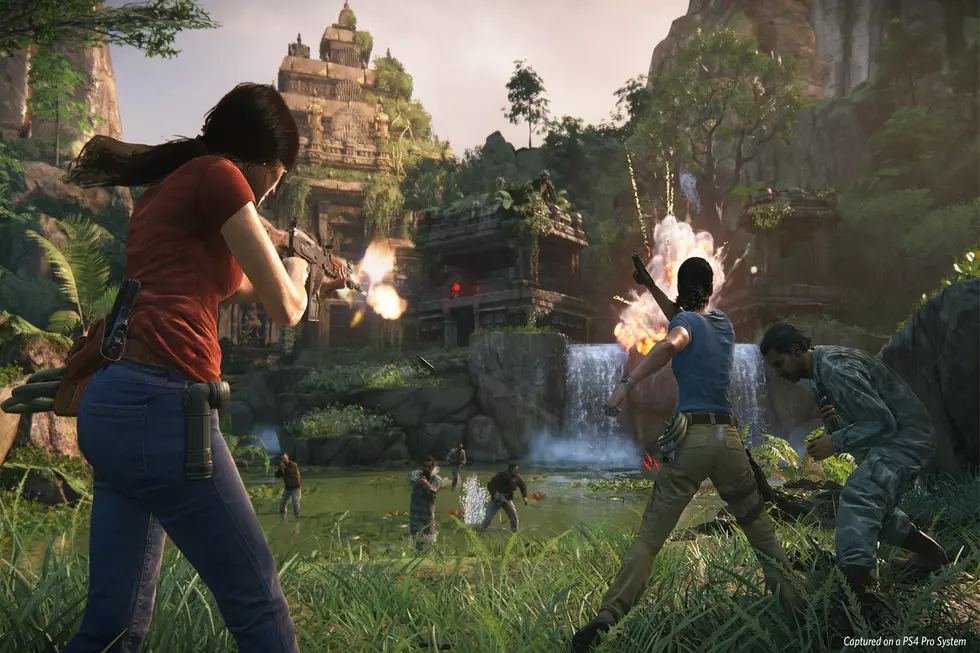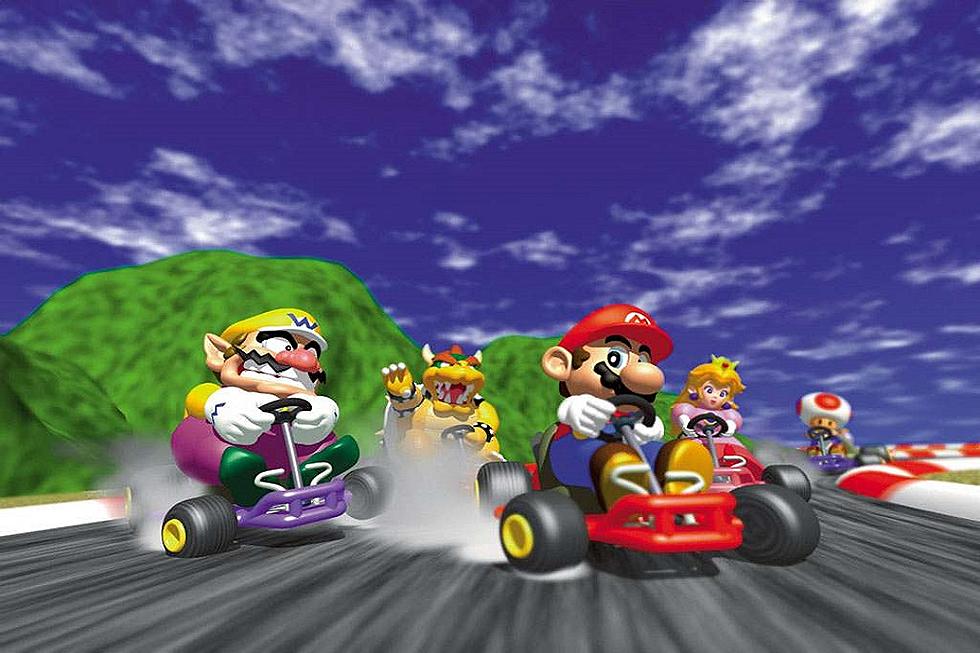
The Legend of Zelda: Majora’s Mask 3D Review (Nintendo 3DS)
Whether its praises are being sung or its being condemned as too odd of a departure from the series roots, anyone who has an opinion about The Legend of Zelda: Majora’s Mask is passionate about it. Divisive as it may be, Majora’s Mask is an important game in the Zelda series; not for its technical innovations, but for its storytelling and gameplay achievements. Majora’s Mask changed the way Zelda games told a story, and how the player progressed through it.
Majora’s Mask 3D is easily the best looking 3DS game so far. The graphical overhaul this game has received is analogous to the one that Ocarina of Time 3D received when it was remade for the 3DS. The gameplay and interface have been updated in favor of a more streamlined experience, and that’s a welcome change to anyone that played this game on the Nintendo 64. That answers the question of “How do you improve on a near perfect game?” With lots of small improvements, that’s how. Most of the main character models have been updated and all of the bosses as well. While it is a shame that the majority of minor characters haven’t received an update, the brighter colors more than make up for it.
A big problem that faced Ocarina of Time 3D was that it didn’t translate well as a portable game due to its length and structure. Dungeon sections were lengthy and demanded extended play sessions, otherwise the player would risk being lost the next time they picked up the game. Majora’s Mask 3D alleviates this somewhat with its updated version of the Bomber’s Notebook. Now it details what main story quests you’ve recently completed, in addition to pending sidequests and when you can complete them. This alone makes this game a much better portable game than its predecessor. Switching items and masks is much easier now as well since the touch screen is used for displaying your gear and masks. Not only that but the map function on the touch screen makes navigating dungeons much easier this time around.
Dungeons themselves have been changed aesthetically, as well as shortened in favor of a smoother experience. This change actually fits well with the limited time frame you have to beat these dungeons. That time limit has been made more limited since the Inverted Song of Time doesn’t slow down the flow of time nearly as much as it did in the original version of the game. Regardless, you’ll still have plenty of time to beat dungeons and do a few side quests before you’re forced to restart the three-day cycle. You also have the ability to save whenever you’re near an owl statue rather than only by resetting the timeline. The only negative gameplay change to speak of is the fact that when swimming as a Zora, you must use your magic in order to use any swimming ability, otherwise swimming is very tedious and a couple of mini-games can’t even be completed. However that is a small blemish on otherwise great changes.
There are no changes to the story in Majora’s Mask 3D to be found. As far as story is concerned, this game’s narrative is as far from a traditional Zelda story as we’ve seen so far. Themes of death, sadness and suffering are prevalent through the game, and the emphasis here is on side quests. There’s also an air of doom quite literally looming over everything in this game that compliments the new, brighter color palette. One major difference in this game is that besides Link, there are no main series characters in this game. Characters like Zelda and Ganon, or even Impa, are absent, and previously inconsequential side characters are pushed to the forefront. This is arguably Majora’s Mask’s biggest strength. The way every character, no matter how small, is given a backstory and some depth by facing them with certain doom is a great way to invest the player in the story as well as build a living, breathing world that you start to care about.
The majority of Majora’s Mask 3D’s character models are ripped straight out of Ocarina of Time 3D so players will be immediately familiar with them. The names and roles of these characters are different but parallel to their Hyrule counterparts. This gives the story a strange feeling of familiarity but at the same time these characters are only look alikes. Even though most of the them are doppelgangers, there are plenty of original characters mixed in giving the game its own unique identity. There’s also lots of room for interpretation and enough plot lines left unresolved to make even the most dedicated conspiracy theorist happy.
Majora’s Mask 3D’s small but significant changes push it just far enough ahead of Ocarina of Time 3D to make it as unique of an experience as it was fifteen years ago. While it plays just fine on any 3DS system, it’s clear that this game is meant to be played on the New 3DS. It’s a great example of a console experience made portable, and other games like it would do well to learn from and improve upon the example set here. If you didn’t enjoy this game before, or prefer the gameplay and story of other Zelda games, this remake won’t change your mind. If you enjoyed it originally however, or were turned off by the obtuse time mechanics, then this game is definitely worth revisiting. Most importantly, if you missed this game the first time around, now is the time to give Majora’s Mask a shot.
This review is based on a purchased retail copy of The Legend of Zelda: Majora's Mask for the Nintendo 3DS.
More From Arcade Sushi

![Mario Is a Man of Many Hats in Super Mario Odyssey [Preview]](http://townsquare.media/site/550/files/2017/06/super-mario-odyssey.jpg?w=980&q=75)

![PAX East 2017: Mario Kart 8 Deluxe is More Than Just a Shiny Coat of Paint [Preview]](http://townsquare.media/site/550/files/2017/03/mk8dlx.jpg?w=980&q=75)




![The Nintendo Switch’s Initial Library Preaches Quality over Quantity [Preview]](http://townsquare.media/site/550/files/2017/01/switch-preview-4.jpg?w=980&q=75)

